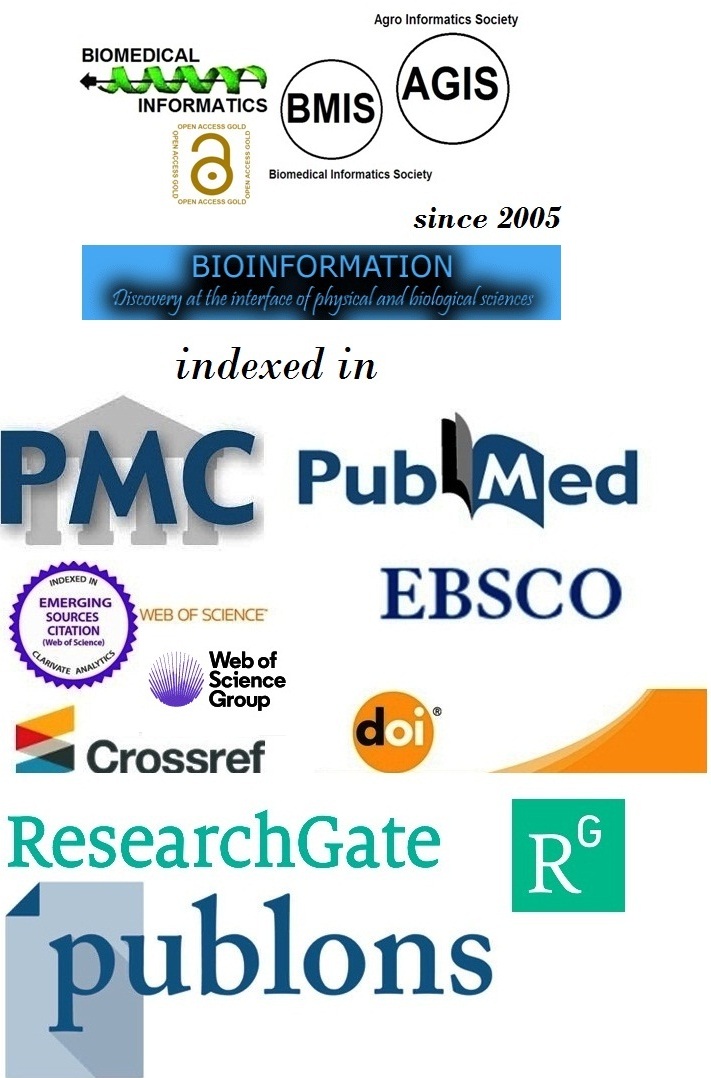Title
The role of socio-cultural-demographics in long-term haemodialysis survival
Authors
Siddharth Garg, Mohamad Akram* & Shahbaj Ahmad
Affiliation
Department of Medicine, Himalayan Institute of Medical Sciences, Swami Rama Himalayan University, Jolly Grant, Dehradun, India; *Corresponding author
Siddharth Garg - E - mail: doc.sidgarg@gmail.com
Mohamad Akram - E - mail: drmohamad.akram@outlook.com; Phone: +91
7818885336
Shahbaj Ahmad - E - mail: shahbajahmad@gmail.com
Article Type
Research Article
Date
Received April 1, 2025; Revised April 30, 2025; Accepted April 30, 2025, Published April 30, 2025
Abstract
The socio-cultural-demographic attributes of long-term haemodialysis (HD) treatment survival is of interest. Hence, 129 adult chronic kidney disease patients, who have been on maintenance haemodialysis for >3 years, were evaluated for socio-economic demographics traits, clinical parameters and laboratory investigations. The most prevalent symptoms were loss of appetite (76.0%); anaemia (67.4%) and pedal edema (57.4%) with most patients underwent dialysis 2-3 times per week (49.6%). Vascular access was primarily through arteriovenous fistulas (55.8%); nephrologist supervision was present for 93.0% of patients with 62% patients had mild (10 -0 11.9g/dL) anaemia. Age, gender, comorbidities, frequency of dialysis, duration of haemodialysis, nephrologist supervision and patients' travel distance emerged as significant factors for their association with long-term haemodialysis.
Keywords
Chronic kidney disease, long-term haemodialysis, socio-cultural-demographic, Blood pressure
Citation
Garg et al. Bioinformation 21(4): 606-613 (2025)
Edited by
P Kangueane
ISSN
0973-2063
Publisher
License
This is an Open Access article which permits unrestricted use, distribution, and reproduction in any medium, provided the original work is properly credited. This is distributed under the terms of the Creative Commons Attribution License.
